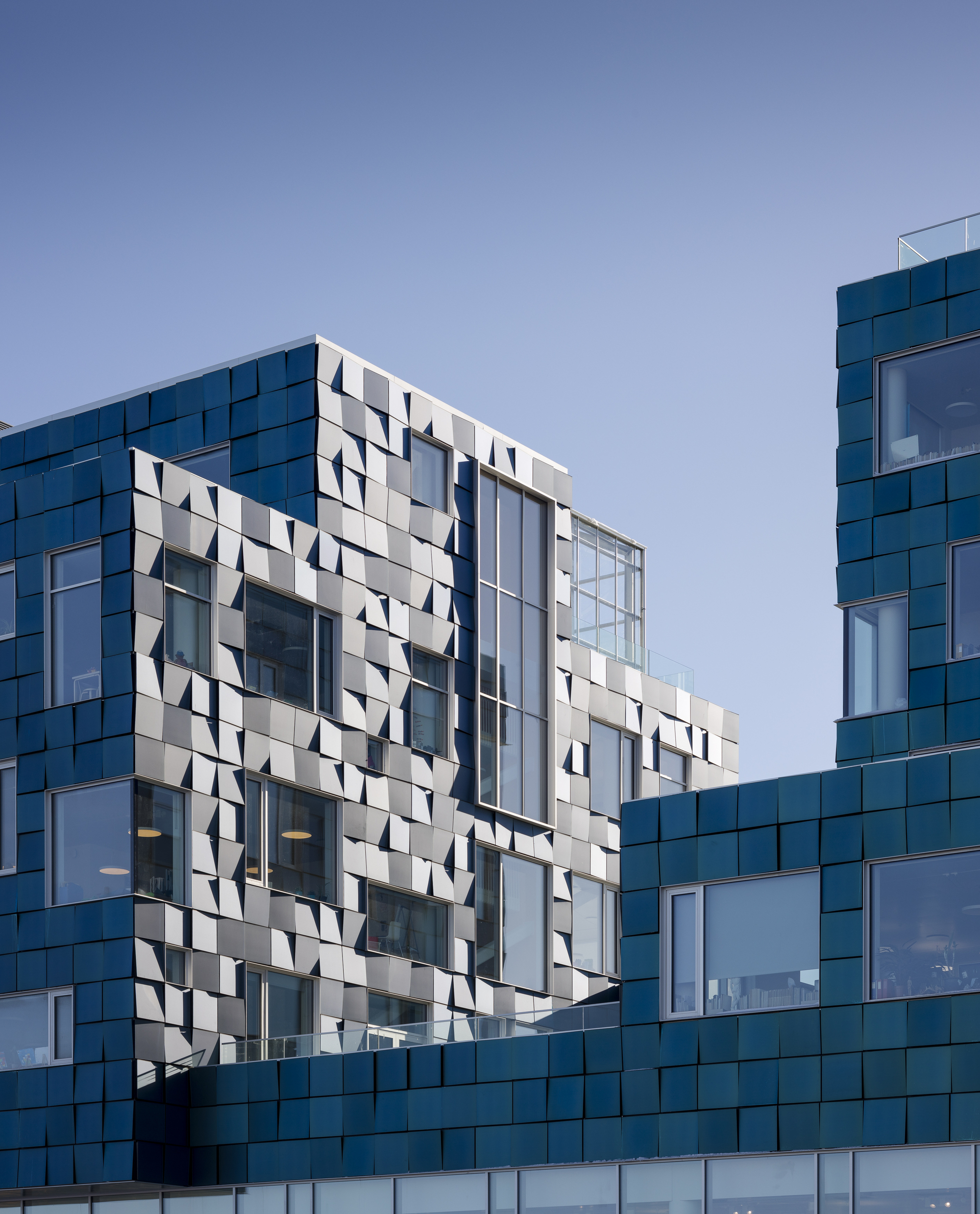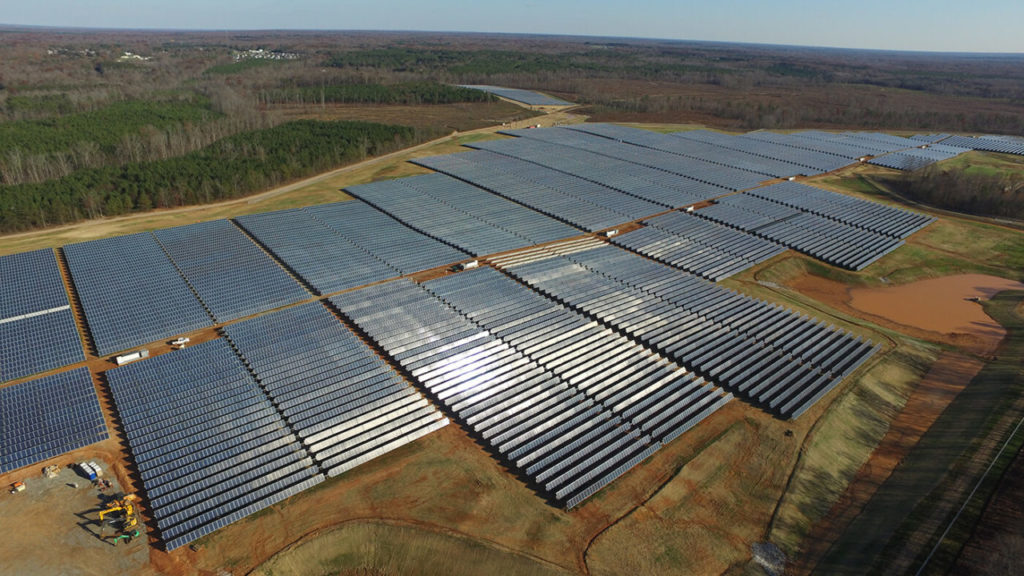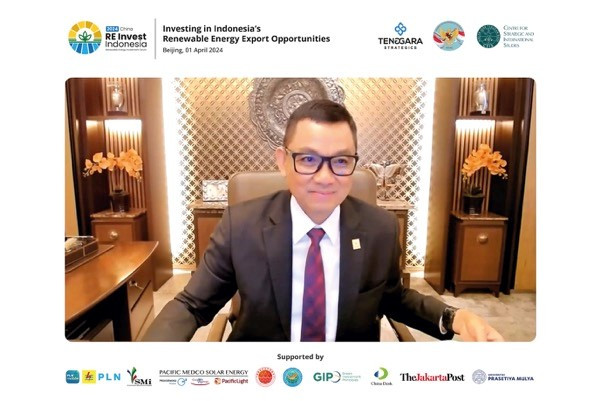Architectural Integration of Solar Energy
SolarLab introduces a groundbreaking approach to solar energy integration in architecture with its Building Integrated Photovoltaic (BIPV) facade systems. From historical influences to modern-day science, the role of solar energy has expanded, and SolarLab is at the forefront of reshaping buildings for a greener future.
Transformative Design Flexibility
Unlike traditional solar panels, SolarLab’s BIPV facade systems offer unparalleled design flexibility. Architects can customize color, finish, texture, shape, and size, seamlessly integrating solar technology into the aesthetic elements of both new construction and retrofit projects. These European-made systems prioritize sustainability, utilizing 30% to 80% recycled resources.
Sustainable Solutions for Today and Tomorrow
SolarLab’s BIPV facade systems contribute significantly to carbon neutrality goals. Beyond minimizing operational consumption, these systems actively amortize environmental investments in materials and construction. Projects like Powerhouse Telemark showcase the potential, generating electricity that offsets embodied energy and operational consumption for an extended period.
Driving the Green Transition
With 85% to 95% of European buildings expected to remain in use by 2050, SolarLab’s innovative approach becomes crucial for retrofit projects. These solar facade systems emerge as a powerful tool in the global green transition, addressing energy consumption in the built environment and redefining the intersection of aesthetics and functionality in architectural design.
Source:archdaily.com





